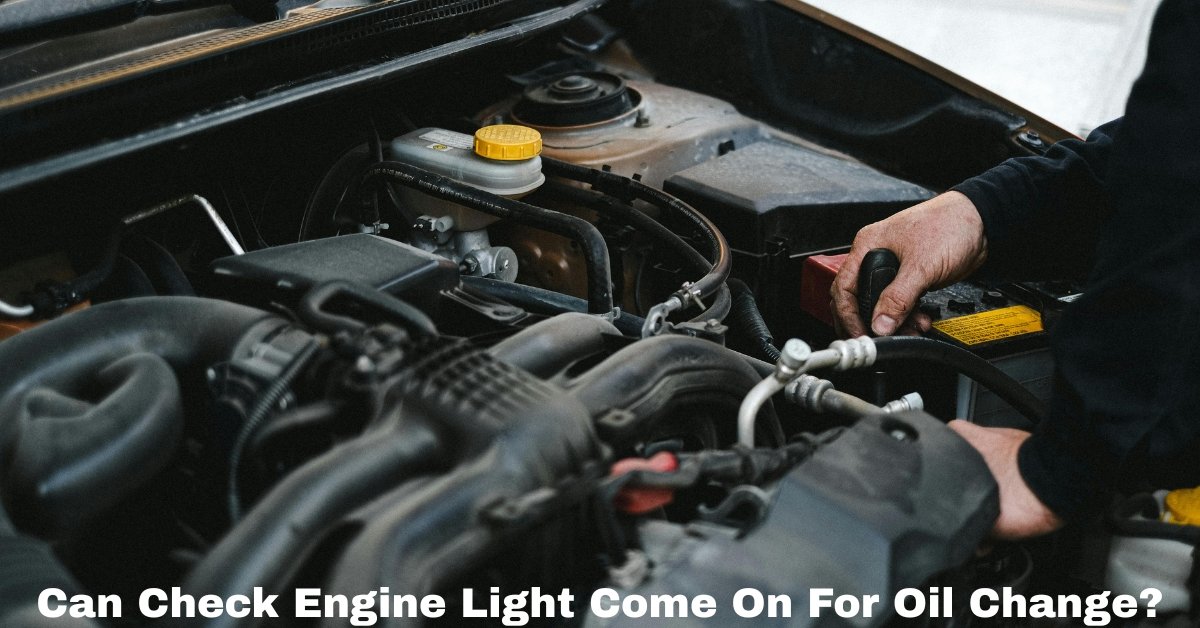For many drivers, the check engine light (CEL) is one of the most confusing and anxiety-inducing signals on a car’s dashboard. It’s vague, it doesn’t specify the issue, and sometimes it turns on for what seems like no reason at all. One common question drivers have is whether the check engine light can come on simply because the vehicle needs an oil change. The short answer is: not usually—but under certain conditions, it might. Let’s dig into why that is.
Can the Check Engine Light Come On for an Oil Change?
What Does the Check Engine Light Mean?
The onboard diagnostics system of your car includes the check engine light (OBD-II). When this light comes on, it means that the car’s computer has detected something abnormal in the engine or emissions system. The reasons range from minor to serious—anything from a loose gas cap to a failing catalytic converter.
When the system detects an issue, it stores a trouble code, which mechanics can read using a diagnostic scanner. These codes help pinpoint the cause of the problem.
Oil Change Reminders vs. Check Engine Light
Most modern vehicles have separate indicators for routine maintenance like oil changes. These are often labeled “Maintenance Required” or “Service Due.” These reminders are based on mileage or driving hours and are not connected to the actual oil quality or engine health.
So, generally speaking, if your car simply needs an oil change, the check engine light should not come on. However, there are a few exceptions where the light may appear due to oil-related issues.
When Oil Problems Can Trigger the Check Engine Light
Although the check engine light isn’t designed to signal a routine oil change, oil-related issues can indirectly cause it to come on. Here are a few scenarios:
1. Low Oil Pressure
If your oil is too low or the oil pump isn’t circulating oil properly, the engine may not be receiving the lubrication it needs. This can cause increased friction and heat, leading to engine component damage. In some cars, the engine control unit (ECU) may detect abnormal conditions (like misfires or temperature spikes) and trigger the check engine light.
2. Dirty or Old Oil
Oil degrades and loses its ability to protect your engine over time. If the oil becomes excessively dirty or sludgy, it may begin to interfere with engine sensors or cause timing and combustion issues. In such cases, the car might detect poor performance and activate the CEL.
3. Oil Pressure Sensor Malfunction
The ECU may get erroneous indications from a malfunctioning oil pressure sensor. If the ECU thinks something is wrong, even if the oil level is fine, it could trigger the check engine light.
4. Engine Misfire Due to Poor Lubrication
Insufficient or degraded oil can lead to engine misfires. Since this is a more significant issue, the CEL will probably illuminate as the ECU flags it.
Must Read: Can Bad Gas Cause Check Engine Light To Come On?

What to Do if Your Check Engine Light Comes On
If your check engine light comes on, the best thing to do is not panic but also don’t ignore it. Here’s a step-by-step approach:
- Check for Obvious Issues – Tighten your gas cap, check oil levels, and look for leaks.
- Look at Other Warning Lights – Is the oil pressure light also on? That could signal an urgent lubrication issue.
- Use an OBD-II Scanner – If you have access to one, you can pull the trouble codes and get a sense of what’s going on.
- Visit a Mechanic – If you’re unsure or the light stays on, get a professional inspection to avoid further damage.
Preventing Oil-Related Engine Issues
Routine maintenance is your best defense against oil-related problems that might trigger the CEL. Here are a few tips:
- Change oil regularly based on your vehicle manufacturer’s recommendation.
- Check oil levels monthly, especially before long trips.
- Use the right oil type for your car—consult the owner’s manual.
- Watch for leaks under your car or burning oil smells.
Final Thoughts
While a needed oil change alone won’t typically cause your check engine light to come on, neglecting oil changes can lead to engine problems that will trigger the light. If your check engine light comes on, it’s always worth checking the oil level as part of your troubleshooting.
Treat that little orange light as your car’s way of asking for attention—it may be something small, or it could be a sign of something more serious. Either way, staying on top of your oil changes and other routine maintenance tasks can help keep both your engine—and that check engine light—running smoothly.
